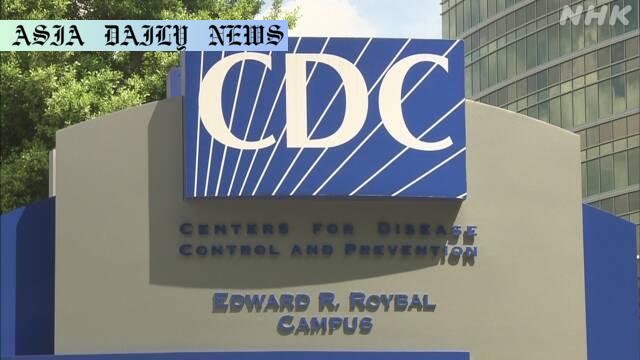CDC pauses updates concerning public health amid uncertainties in agency communications during flu season.
US health agencies, including CDC, halt updates after new administration inauguration.
CDC’s influenza surveillance and public health reports remain on pause since mid-January.
Staff express concerns about update halts during respiratory disease season.

Introduction to the CDC Update Pause
In an unexpected move, US federal health agencies, including the Centers for Disease Control and Prevention (CDC), have paused updates to their websites and social media accounts following the recent transition of presidential power. From influenza surveillance to weekly public health reporting, critical communication platforms have remained inactive since mid-January. This abrupt halt has raised questions and concerns within the healthcare and public sectors, especially amidst ongoing health challenges such as respiratory diseases.
Context Behind the Communication Freeze
The cessation of updates aligns with the new administration’s directive on suspending mass communications. As per reports, the Department of Health and Human Services issued instructions to limit updates that are not directly related to emergencies or essential health-preserving directives. While it is not unusual for federal agencies to undergo temporary communication pauses during presidential transitions, the extended duration of this halt is causing significant disruption.
Specific Impacts on Health Monitoring
One major concern arising from this situation is the delay in regular CDC reporting. For instance, the weekly public health report from January 16 remains the last published update, and the influenza surveillance section on the CDC website has not been updated since January 17. Such gaps in information are occurring at a particularly inopportune time, given the rise of respiratory ailments typical during this season. Medical professionals highlight the potential risks posed by the lack of timely and accurate health data dissemination.
Broader Implications of the Data Delays
Information halts like these create uncertainty not only for healthcare providers but also for the general public seeking reliable public health guidance. With no posts on prominent social media platforms such as X since January 21 from key agencies like the CDC, the Food and Drug Administration (FDA), and the National Institutes of Health (NIH), the flow of essential information has been significantly disrupted. This could potentially exacerbate public health concerns by eroding public trust in institutions tasked with safeguarding health and well-being.
Concerns from Healthcare Professionals
Medical personnel have voiced concerns about inadequate communication during flu season, as delayed updates hinder their ability to effectively address public and individual health demands. The lack of clarity regarding the scope and duration of these communications pauses further aggravates the situation, leaving healthcare providers in a state of uncertainty regarding disease surveillance and resource allocation.
Historical Precedents and Comparison
Experts note that communication halts are not entirely unprecedented during transitions in presidential power. Similar pauses in federal updates have been recorded historically, with agencies adapting to new administrative directives. However, the current situation appears to be unprecedented in its timing and scale of disruption. Analysts believe that a more transparent timeline for resuming updates could alleviate ongoing uncertainties and enable caregivers to fulfill their responsibilities more effectively.
The Importance of Prompt Health Updates
Timely updates from federal health agencies like the CDC serve a critical role in maintaining national health security, particularly during active or seasonal disease outbreaks. These updates provide transparent information to the public and empower local organizations to enhance their preventive and corrective measures. A prolonged pause not only risks compromising national health standards but may also create an information vacuum that could be exploited by misinformation, further complicating the public health scenario.
Conclusion
While the halt in CDC and other federal agency updates follows tradition in transitioning administrations, the peculiarities of this case underline the importance of balancing administrative changes with the continuity of critical health communications. Resuming activity on these channels is imperative not only to address the immediate health risks but also to preserve public trust and operational efficiency within the healthcare ecosystem.



Commentary
The Need for Clear Communication During Transitions
Transitions between presidential administrations are complex times, requiring precision and coordination across federal systems. While it is understandable that agencies adapt to new directives, health communication should not become a casualty of procedural adjustments. Transparency during such times is essential, especially for departments involving public health and safety, like the CDC.
Implications for Public Health
Pauses in health updates can have profound implications. During flu season, for instance, timely updates provide crucial information about infection rates, vaccine effectiveness, and emerging risks. Without real-time data, the healthcare community, and indeed the broader public, face challenges in making informed decisions. The concerns expressed by health professionals are not only valid but also indicative of the urgent need to restore communication channels.
A Call for Proactive Solutions
Instead of prolonged silences, federal health agencies should aim to implement protocols that ensure the continuity of critical updates during administration changes. Such measures can reassure the public and maintain confidence in these institutions. Communication is a cornerstone of effective governance, and its absence is strongly felt, particularly in sectors as vital as healthcare.